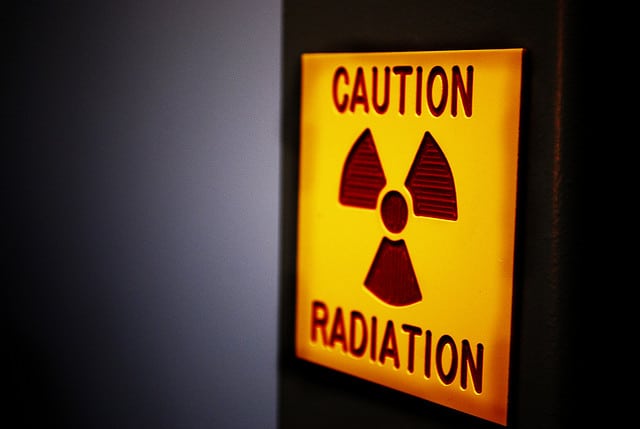If you think you may be interested in a career as a radiologic technologist, you’ve come to the right place. Read below to learn about a radiologic technologist’s average salary, what type of career you may have as a radiologic technologist and what it takes to become a radiologic technologist.
In This Article
What is a Radiologic Technologist?
Radiologic technologists are healthcare professionals who perform diagnostic imaging tests and also administer radiation therapy to cancer patients. To become a radiologic technologist, one must pass at least a two-year training program and a national certification exam to earn the Registered Radiologic Technologist (RT) credential.
This credential can be obtained through the American Society of Radiologic Technologists. To maintain the RT certification, the individual must complete continuing education credits.
In addition to performing diagnostic procedures, the RT works closely with physicians and radiologists. Radiologic technologists may specialize and obtain certification in different areas of diagnostic imaging such as bone density, cardiovascular intervention, magnetic resonance imaging (MRI), computed tomography (CT), mammography, sonography, and nuclear medicine.
Radiologic technologists who are working as part of the radiation team may work as either a radiation therapist or a medical dosimetrist.
How much do radiologic technologists (or X Ray Techs) Make?
The average salary for radiologic technologists may vary by different factors such as location, level of training, and experience. According to Salary.com, as of May 27, 2021, on average radiology tech earns about $57,352 annually in the United States. The range typically falls between $51,110 and $64,569 depending on experience and other factors.
The BLS also reports that California is the state with the highest level of employment for this occupation, with the next highest states being Texas, New York, Florida, and Pennsylvania.
Where Do Radiologic Technologists Work?
Radiologic technologists may work in hospitals, clinics, medical and diagnostic laboratories, physician offices, and outpatient care centers, although the highest level of employment for RTs is hospitals.
Approximately 59% of radiologic technologists work in general medical and surgical hospitals. The second-highest number (22%) of radiologic technologists worked in physician offices.
Sponsored Programs
The College of Health Care Professions , Online
Location - Austin, TX, US 78752The College of Health Care Professions is a Texas-based career education school founded by physicians in the Texas Medical Center solely specializing in healthcare education and dedicated to provid... Read More
ProgramsLimited Medical Radiologic Technologist - Certificate
Career Outlook for Radiologic Technologists
The BLS predicted that radiologic technologists would experience employment growth of 21% between 2012 and 2022 while MRI technologists would see an employment growth of 24% during that decade. This faster-than-average growth is attributed to the growing and aging population suffering more ailments and being in need of medical diagnostic procedures.
In an attempt to save money, many patients are choosing outpatient care. This increase towards outpatient care is also improving the career opportunities for radiologic technologists. Radiologic technologists with multiple certifications generally experience the best career opportunities.


